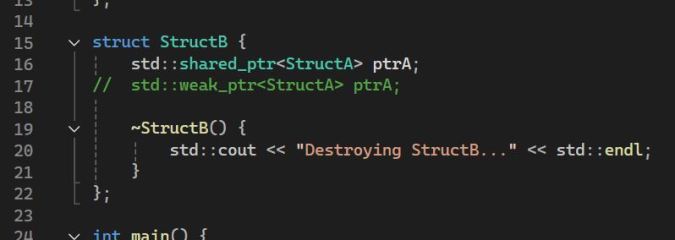admin

Pick is a widely used function in Mathematica. A minor enhancement was made to this function in the recent release; it can now work directly with BitVector datastructure. In this article, let us go over these two with some examples. Let us start with Pick first. It allows us to select from a list of elements […]

“Cyclic” is a new function introduced in the recent Wolfram Mathematica 14.3 release. It represents a repeating sequence, something that we encounter often. For example, how do we represent the sequence {1,2,3,4,1,2,3,4,1,2,3,4…}? “Cyclic” captures this idea. In other words “Cyclic[{1,2,3,4}]” denotes the same repeating sequence as above. Other examples: weekdays = Cyclic[{“Mon”, “Tue”, “Wed”, “Thu”, […]

In the previous article, I had explained how to get started using Wolfram Mathematica’s stock analysis features. The focus was on working with the exchanges supported by Mathematica, for example BSE India. What if we have stock data from a different source and want to analyze it in Mathematica? In my case, I use TradingView platform […]

I have my own toolkit for analyzing stocks, but occasionally I use Mathematica as well. Given Mathematica’s extensive support for numerical computation including Machine Learning, it can be a valuable resource for deep analysis of the stock market. In today’s article, let me give an overview of some of the features that are helpful for […]

TradingView is a hugely popular stock charting platform. It comes bundled with hundreds of technical indicators and many are contributed by the community. I use it regularly for my stock analysis. In addition to charting, TradingView also has a Screener that allows us to filter stocks based on our custom criteria. In the above example, […]

I don’t think my vocabulary is bad, but I love learning new English words. Especially weird ones! One book that is always on my desk is “More Weird and Wonderful Words” by McKeon. This is my goto book when I feel bored. More recently, I have switched to interacting with Claude and ChatGPT for learning […]

The recently released Synergy Genie module has several interesting features, all aimed at helping practising homeopaths. In my last article, I had explored a couple of features and had also shared some comments and suggestions. In today’s article, I wish to briefly go over the “Disease Info” feature. This features allows us to interact with […]

Synergy Homeopathic has released an upgraded version of their earlier “Synergy SHS” software in the name of “Synergy Viva”. The main improvement in this release is the ability to add-on optional modules. I upgraded to the new release about a week ago and opted for the “Genie” add-on. What is special about “Genie”? According to […]

Smart Pointers in C++ are elegant abstractions for managing dynamic memory safely, avoiding dangling pointers and preventing leaks. While std::unique_ptr and std::shared_ptr are well understood and widely used, std::weak_ptr often demands a deeper dive to use correctly. In this article, I will attempt to explain what it is and where it is useful. Some basics […]

Clean interface design is a crucial aspect of software engineering since it enables code flexibility, reuse, and maintainability. Developers who prefer an object-oriented approach typically rely on inheritance to define the interface and thus establish type relationships. While this can lead to a good design if approached carefully, detractors of OOP point out that this […]

Recent Comments